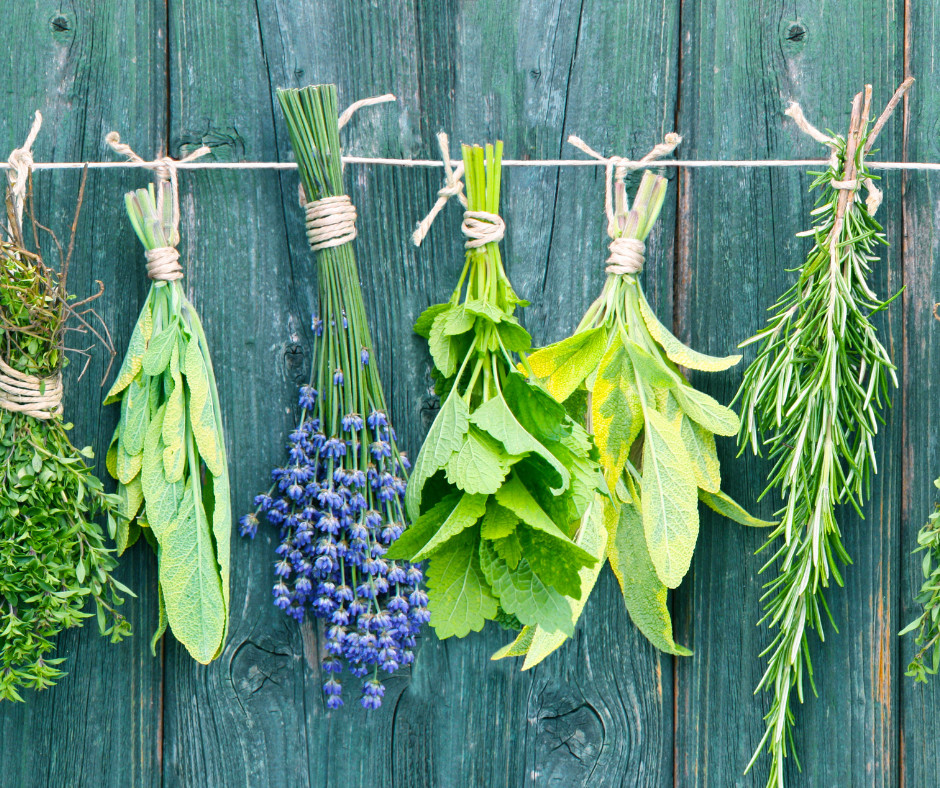How to Achieve Natural Pain Relief Without Pharmaceuticals: A Guide to Herbal Remedies and Alternati

Natural Pain Relief: Herbal Remedies That Work
In the quest for alternatives to pharmaceuticals, many turn to herbal remedies for pain relief. This guide highlights the scientific evidence supporting certain herbs' ability to reduce pain and inflammation. It’s tailored for those interested in holistic health, pain management, and herbal remedies, presenting an overview of how these botanicals can enhance well-being without traditional medication side effects.
Pain and inflammation are complex experiences often linked, with inflammation being the body’s response to injury or infection. Medicinal plants address pain through various mechanisms, such as reducing nerve sensitivity, inhibiting inflammatory pathways, and promoting healing. Chronic pain, defined as pain lasting longer than three to six months, frequently involves inflammation, making anti-inflammatory herbs potentially beneficial for long-term relief.
Key Herbs for Pain Relief:
- Turmeric: Known for its compound curcumin, turmeric is a staple in traditional Indian medicine and has shown promise in treating arthritis-related inflammation. Curcumin reduces pain and stiffness by suppressing enzymes involved in inflammation. I use Golden Turmeric, it's 24 times more bioavailable than standard turmeric extract. Your body absorbs the same amount of curcuminoids from just 300 mg of Golden Turmeric as it does from 1,926 mg of standard turmeric.
- Ginger: A relative of turmeric, ginger is renowned for its anti-inflammatory properties and has been used for centuries to alleviate pain, including migraines. It's particularly effective for gastrointestinal inflammation and muscle pain, offering relief when applied topically.
- Boswellia: Derived from the Boswellia serrata tree resin, boswellia has been shown to reduce inflammation and manage chronic inflammatory diseases by inhibiting leukotrienes, which play a significant role in the inflammatory response. I use Frankincense
- Willow Bark: Known as the original aspirin, willow bark has been used since Hippocrates' time to relieve pain and fever. Its active ingredient, salicin, acts similarly to aspirin but is often better tolerated by those with sensitive stomachs.
Incorporating these herbs into daily life requires careful consideration. Always source herbs from reputable providers, start with small doses, and consult healthcare professionals if pregnant, nursing, or managing a chronic condition. Be aware of potential interactions with medications.
Here is the link to what I use to manage my inflammation.
Get my free guide “Anti _Inflammatory Guide - foods to avoid, foods to enjoy!”
Join our vibrant community at 'Healthy Living Beyond 40' on Facebook, where we share insights, support, and strategies for thriving in health and wellness after 40. Let's navigate the journey together!
Oh by the way, we have a program where we lose 7-15 lbs and reduce pain and inflammation in just 11 days. Grab the info here!
Disclaimer: The information in this article is for educational purposes only and should not be considered medical advice. Please consult with a healthcare professional before making any changes to your diet or lifestyle.












